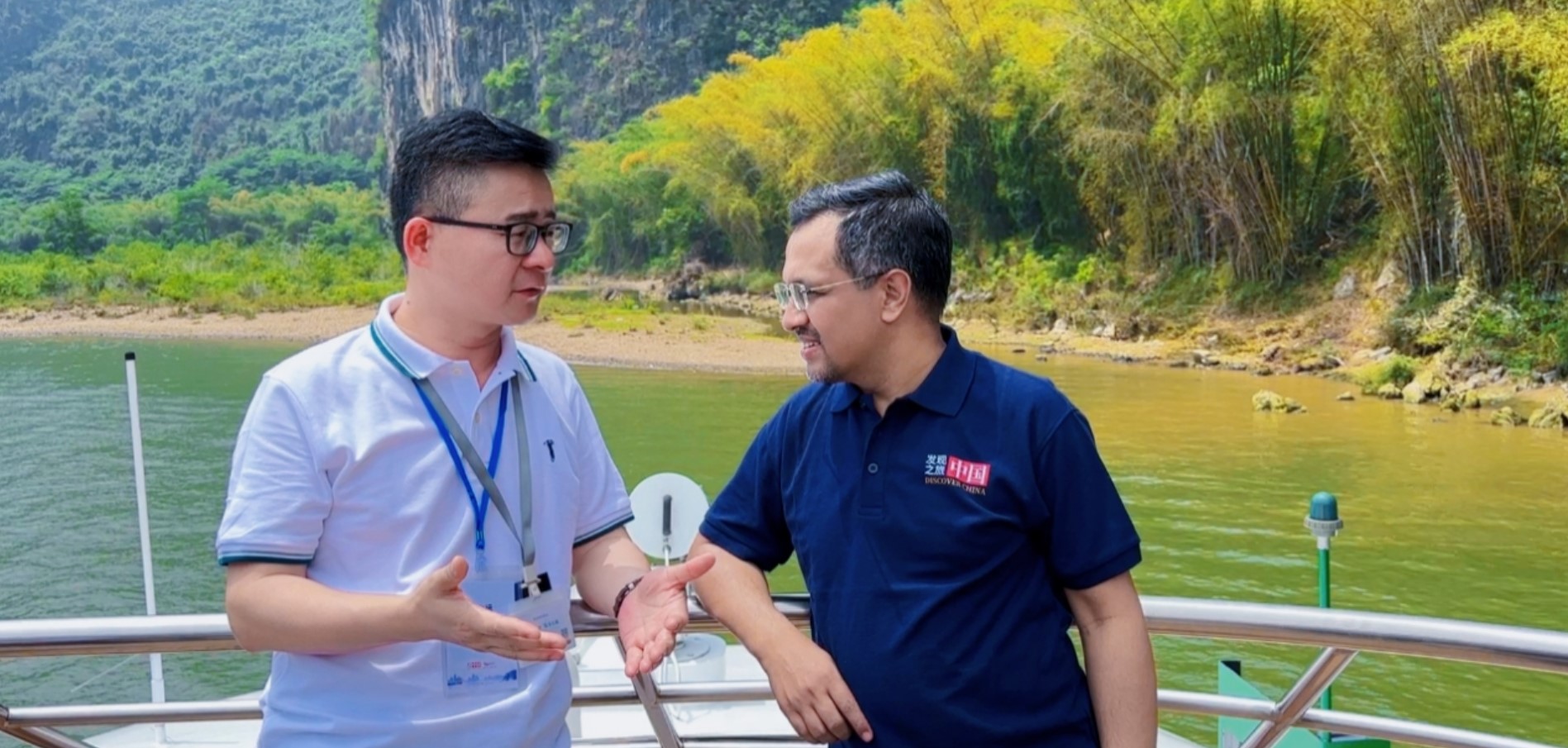Unforgettable Connections: Make Lasting Family Memories on a Custom China Tour Attracting families looking for unique travel experiences, a custom-designed tour of China provides exactly this: an experience tailored specifically…
Make Lasting Family Memories on a Custom China Tour
